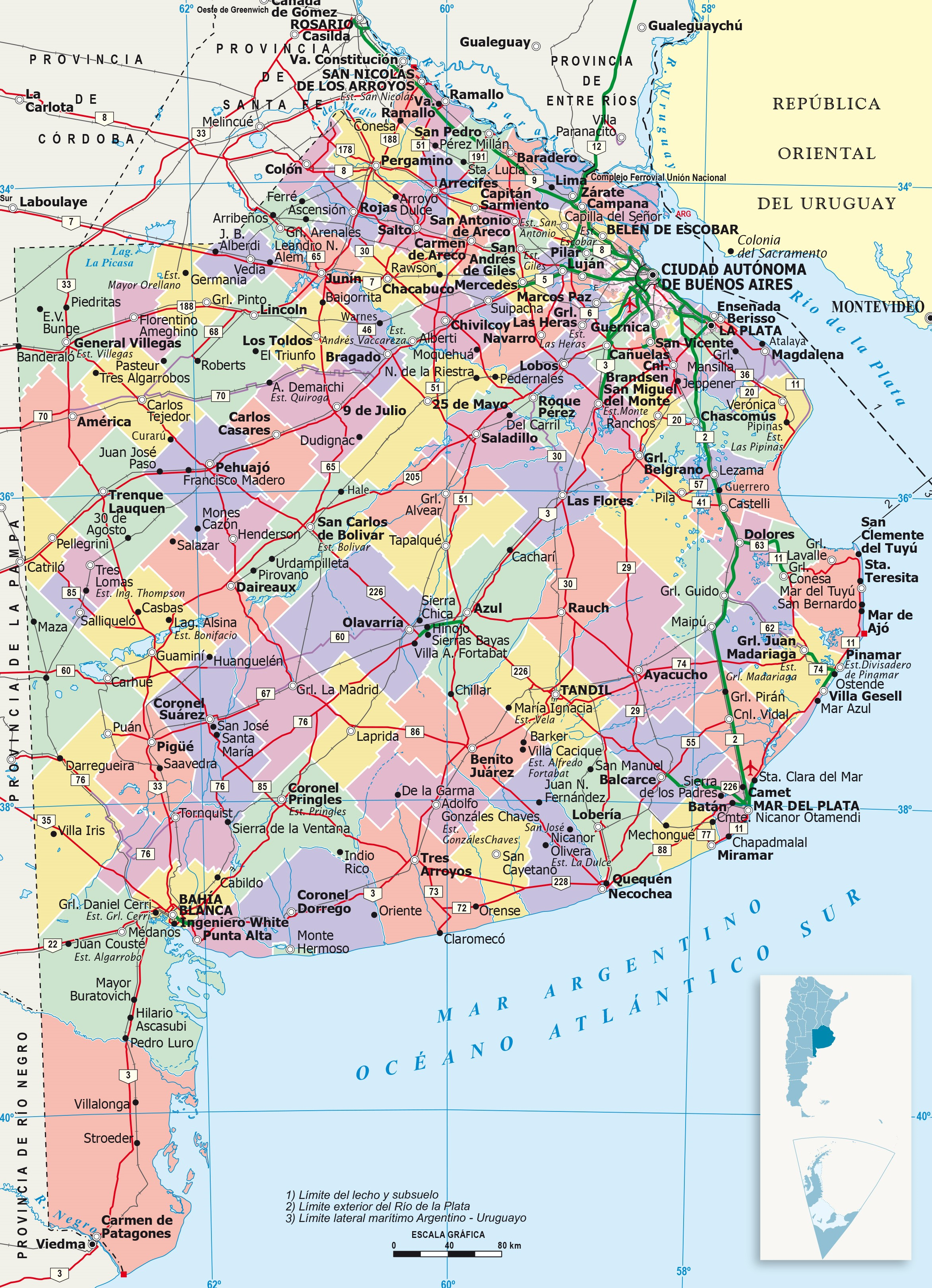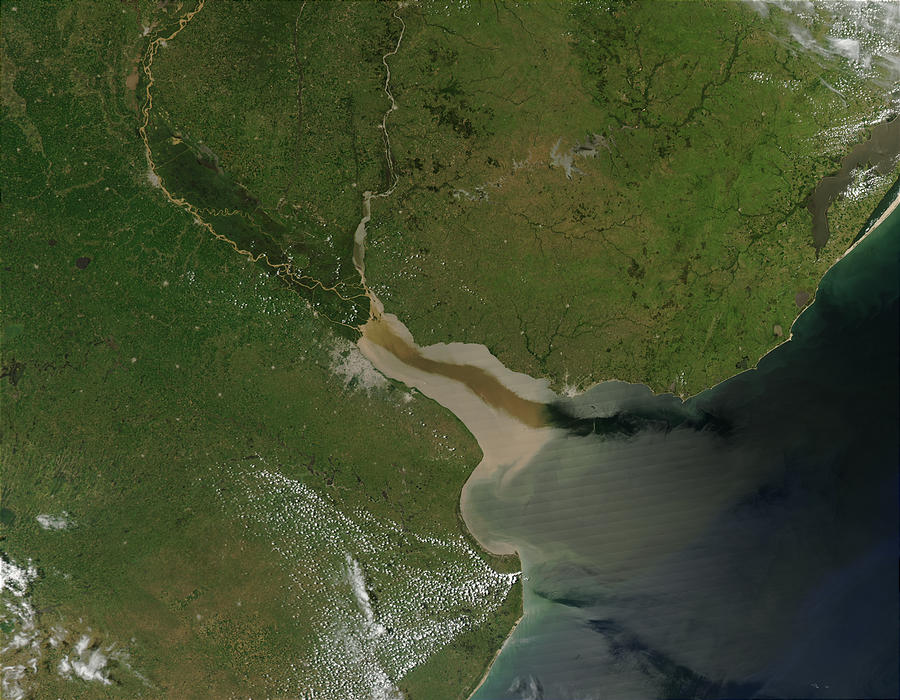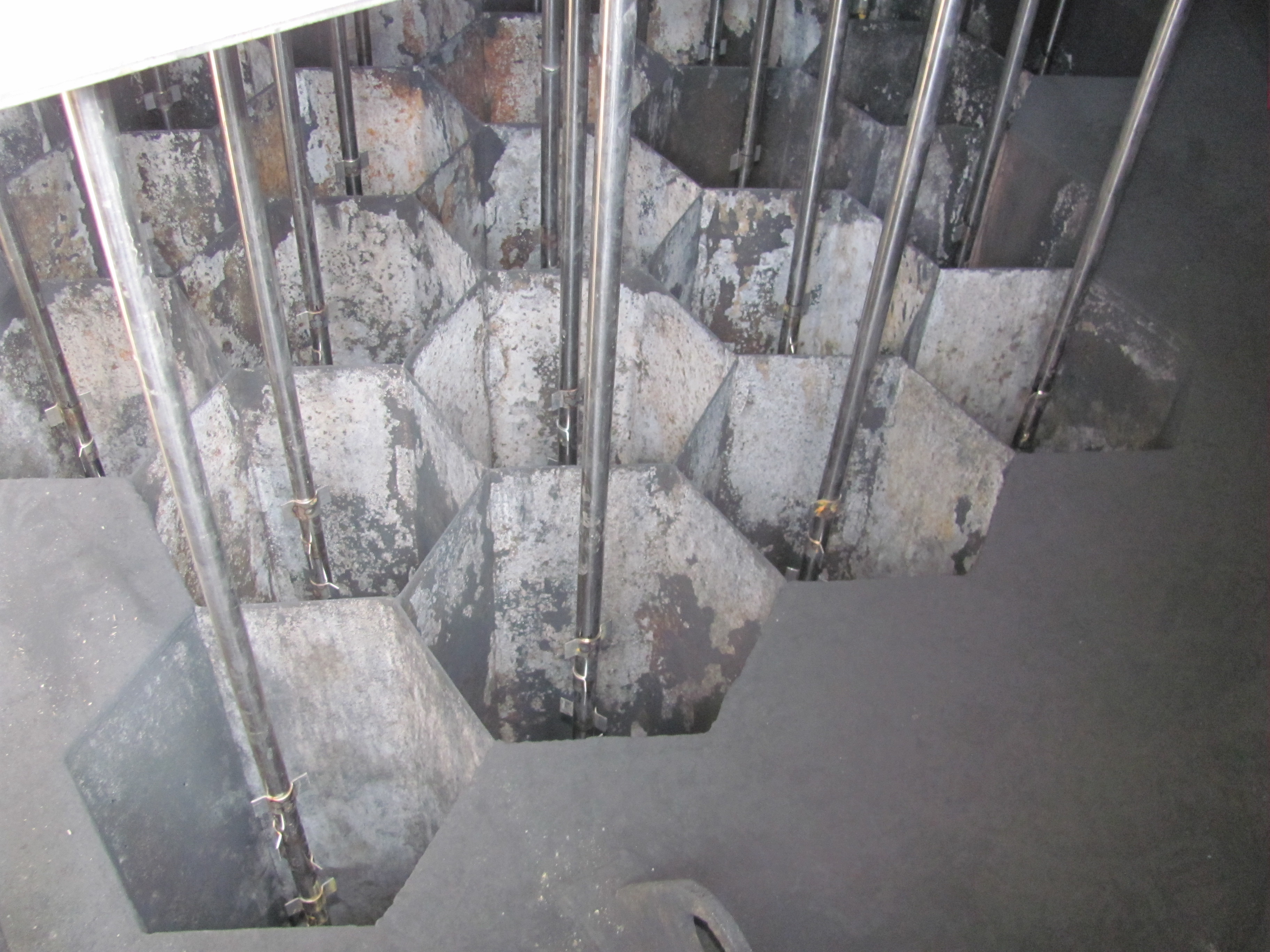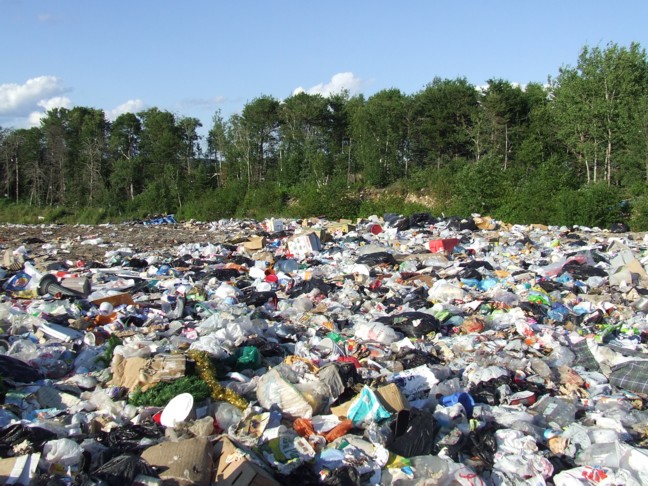|
Ãrea Reserva CinturÃģn EcolÃģgico
The CinturÃģn Ecological Reserve (Ãrea Reserva CinturÃģn EcolÃģgico) is an area of the Avellaneda Partido, Buenos Aires Province, Argentina. It is located on the bank of the RÃo de la Plata. The Area Reserva CinturÃģn EcolÃģgico, the "Environmental Belt Reserve Area," was planned during the last dictatorship as an ecological approach to caring for the incinerator-generated landfill matter from Buenos Aires thousands of apartment buildings. Buenos Aires' Mayor Osvaldo Cacciatore's 1978 initiative called for curbside pickup service of the 5,400 daily tons of refuse previously incinerated but now sent to landfills circling the city that when filled would be transformed into greenbelt A green belt or greenbelt is a policy, and land-use zone designation used in land-use planning to retain areas of largely undeveloped, wild, or agricultural land surrounding or neighboring urban areas. Similar concepts are greenways or gree ... parklands to be created atop. With a population o ... [...More Info...] [...Related Items...] OR: [Wikipedia] [Google] [Baidu] |
Greater Buenos Aires
Greater Buenos Aires (, GBA), also known as the Buenos Aires Metropolitan Area (, AMBA), refers to the urban agglomeration comprising the Autonomous City of Buenos Aires Buenos Aires, controlled by the government of the Autonomous City of Buenos Aires, is the Capital city, capital and largest city of Argentina. It is located on the southwest of the RÃo de la Plata. Buenos Aires is classified as an Alphaâ glob ... and the adjacent 24 ''partidos of Buenos Aires, partidos'' (districts) in the Buenos Aires Province, Province of Buenos Aires. Thus, it does not constitute a single administrative unit. The conurbation spreads south, west and north of Buenos Aires city. To the east, the RÃo de la Plata, River Plate serves as a natural boundary. Urban sprawl, especially between 1945 and 1980, created a vast metropolitan area of over 3,800 kmÂē (1,500 miÂē) â or 19 times the area of Buenos Aires proper. The 24 suburban ''partidos'' (counties) grew more than sixfold in ... [...More Info...] [...Related Items...] OR: [Wikipedia] [Google] [Baidu] |
Provinces Of Argentina
Argentina has 23 provinces (, singular ) and one autonomous city, Buenos Aires, which serves as the federal capital, as determined by Congress. The provinces and the capital have their own constitutions and exist under a federal system. History During the War of Independence, cities and their surrounding areas became provinces through local councils ( cabildos). This process was finalized during the Anarchy of the Year XX, forming the first 13 provinces. Jujuy seceded from Salta in 1834, and the thirteen provinces became fourteen. After seceding for a decade, Buenos Aires Province accepted the 1853 Constitution of Argentina in 1861, and its capital city was made a federal territory in 1880. A law from 1862 designated as national territories those territories under federal control but outside the frontiers of the provinces. In 1884 they served as bases for the establishment of the governorates of Misiones, Formosa, Chaco, La Pampa, NeuquÃĐn, RÃo Negro, Chubut, ... [...More Info...] [...Related Items...] OR: [Wikipedia] [Google] [Baidu] |
Bandera Buenos Aires
Bandera - from a Spanish word meaning - may refer to: Places * Bandera County, Texas, U.S. ** Bandera, Texas, its county seat *** Bandera High School ** Bandera Creek, a river, with its source near Bandera Pass ** Bandera Pass, a mountain pass * Bandera Mountain, Washington, U.S. * Bandera, Santiago del Estero, Argentina, a municipality and village * Bandera State Airport in King County, Washington, U.S. People * Alcides Bandera (born 1978), Uruguayan footballer * Andriy Bandera (1882â1941), chaplain and politician * Manuel Bandera (born 1960), Spanish actor * QuintÃn Bandera (â1906), military leader * Stepan Bandera (1909â1959), Ukrainian far-right militant and political leader * Vaitiare Bandera (born 1964), American actress Other uses * ''Bandera'' (moth), a genus of moth * Bandera News Philippines, Philippine media company * ''Inquirer Bandera'', a tabloid newspaper based in the Philippines * ''Bandera'', a military unit of the Spanish Legion of the Spanish ... [...More Info...] [...Related Items...] OR: [Wikipedia] [Google] [Baidu] |
Buenos Aires Province
Buenos Aires, officially the Buenos Aires Province, is the largest and most populous Provinces of Argentina, Argentine province. It takes its name from the city of Buenos Aires, the capital of the country, which used to be part of the province and the province's capital until it was Federalization of Buenos Aires, federalized in 1880. Since then, in spite of bearing the same name, the province does not include Buenos Aires city, though it does include all other parts of the Greater Buenos Aires metropolitan area. The capital of the province is the city of La Plata, founded in 1882. It is bordered by the provinces of Entre RÃos Province, Entre RÃos to the northeast, Santa Fe Province, Santa Fe to the north, CÃģrdoba Province, Argentina, CÃģrdoba to the northwest, La Pampa Province, La Pampa to the west, RÃo Negro Province, RÃo Negro to the south and west and the Autonomous City of Buenos Aires to the northeast. Uruguay is just across the Rio de la Plata to the northeast, and bo ... [...More Info...] [...Related Items...] OR: [Wikipedia] [Google] [Baidu] |
Partidos Of Buenos Aires
A ''partido'' is the administrative division, second-level administrative subdivision only in the . They are formally considered to be a single administrative unit, usually contain one or more population centers (i.e., towns and cities), and are divided into ''localidades''. The subdivision in partidos in Buenos Aires Province is distinct from all other provinces of Argentina, which call their second-level subdivisions ''departments of Argentina, departamento'' and are further subdivided into distinct Municipalities of Argentina, municipalities. History By the end of 18th century the town council (cabildo (council), cabildo) of Buenos Aires established the first partidos in the countryside: San Isidro del Pago de la Costa (San Isidro Partido, San Isidro) in 1779 and San Vicente Partido, San Vicente, Quilmes Partido, Quilmes, Magdalena Partido, Magdalena, La Matanza Partido, La Matanza, CaÃąada de MorÃģn (MorÃģn Partido, MorÃģn), Las Conchas (Tigre Partido, Tigre) and San Pedro ... [...More Info...] [...Related Items...] OR: [Wikipedia] [Google] [Baidu] |
Avellaneda Partido
Avellaneda is a partido in Buenos Aires Province, Argentina. It has an area of and a population of 663,953 in 2001. Its administrative seat is the city of Avellaneda. The partido is located in the Greater Buenos Aires urban area, separated from the city of Buenos Aires by the Matanza River, popularly known as ''Riachuelo''. The BartolomÃĐ Mitre is the main avenue of the district, connecting with the main federal city through two bridges, the PueyrredÃģn Bridge to Barracas and the New PueyrredÃģn Bridge, directly to the 9 de Julio Avenue. The NicolÃĄs Avellaneda Bridge also connects the ''Isla Maciel'' (in Dock Sud) with La Boca neighbourhood. Name The Partido was known as ''Barracas al Sud'' (Southern Barracks), until it was renamed in honor of NicolÃĄs Avellaneda in 1904. Settlements The Avellaneda Partido is subdivided into four cities and four localities (''localidades''), listed here with their populations (as of 2001): Between Dock Sud, SarandÃ, Villa DomÃni ... [...More Info...] [...Related Items...] OR: [Wikipedia] [Google] [Baidu] |
Argentine Postal Code
Postal codes in Argentina are called '. Argentina first implemented a four-digit postal code system in 1958, aiming to improve mail distribution efficiency. However, it wasn't until 1998 that the more detailed and comprehensive CÃģdigo Postal Argentino (CPA) system was launched, significantly enhancing both accuracy and efficiency in mail delivery. Until 1998 Argentina employed a four-digit postal code for each municipality, with the first digit representing a region in the country, except in the case of the city of Buenos Aires (which had different postal codes starting in 1000 and with the other numbers varying according to the zone). The unique codes became the base for the newer system, officially called CPA (', Argentine Postal Code). Usage The CPA is not mandatory for private use, but companies that do bulk mail, mass mailings benefit from a discount if they use the CPA. Despite this, the CPA is still not in wide use by private persons, and even government sources and private ... [...More Info...] [...Related Items...] OR: [Wikipedia] [Google] [Baidu] |
Telephone Numbers In Argentina
In Argentina, area codes are two, three, or four digits long (after the initial zero). Local customer numbers are six to eight digits long. The total number of digits is ten, for example, phone number (11) 1234-5678 for Buenos Aires is made up of a 2-digit area code number and an 8-digit subscriber's number, while (383) 123-4567 would be an example of a Catamarca number. Local dialing Local landline phone numbers in Argentina can have 6, 7 or 8 digits, depending on where they are located: * Most of Greater Buenos Aires uses 8 digits. * Second-tier cities use 7 digits. * Remaining towns and cities use 6 digits. Local numbers usually begin with a 4, although in recent times numbers having 2, 3, 5, 6, or even 7 and 8 as the first digit are not uncommon. Thus, for example to call a local number within Buenos Aires, one should dial 1234â5678; within Mar del Plata, 123-4567 and within Villa Carlos Paz, 12â3456. For mobile phone dialing, see the corresponding section below. ... [...More Info...] [...Related Items...] OR: [Wikipedia] [Google] [Baidu] |
RÃo De La Plata
The RÃo de la Plata (; ), also called the River Plate or La Plata River in English, is the estuary formed by the confluence of the Uruguay River and the ParanÃĄ River at Punta Gorda, Colonia, Punta Gorda. It empties into the Atlantic Ocean and forms a funnel-shaped indentation on the southeastern coastline of South America. Depending on the geographer, the RÃo de la Plata may be considered a river, an estuary, a gulf, or a marginal sea. If considered a river, it is the widest in the world, with a maximum width of . The river is about long and widens from about at its source to about at its mouth. It forms part of ArgentinaâUruguay border, the border between Argentina and Uruguay. The name RÃo de la Plata is also used to refer to the populations along the estuary, especially the main Port city, port cities of Buenos Aires and Montevideo, where Rioplatense Spanish is spoken and tango culture developed. The coasts of the river are the most densely populated areas of Urugua ... [...More Info...] [...Related Items...] OR: [Wikipedia] [Google] [Baidu] |
National Reorganization Process
The National Reorganization Process ( PRN; often simply , "the Process") was the military dictatorship that ruled Argentina from 1976 to 1983. In Argentina it is often known simply as the ("last military junta"), ("last military dictatorship") or ("last civilâmilitary dictatorship"), because there have been several in the country's history and no others since it ended. The Argentine Armed Forces seized political power during the March 1976 coup against the presidency of Isabel PerÃģn, the successor and widow of former President Juan PerÃģn, at a time of growing economic and political instability. Congress was suspended, political parties were banned, civil rights were limited, and free market and deregulation policies were introduced. The President of Argentina and his ministers were appointed from military personnel while Peronists and leftists were persecuted. The junta launched the Dirty War, a campaign of state terrorism against opponents involving torture, extrajudi ... [...More Info...] [...Related Items...] OR: [Wikipedia] [Google] [Baidu] |
Incinerator
Incineration is a list of solid waste treatment technologies, waste treatment process that involves the combustion of substances contained in waste materials. Industrial plants for waste incineration are commonly referred to as waste-to-energy facilities. Incineration and other high-temperature waste treatment systems are described as "thermal treatment". Incineration of waste materials converts the waste into Incinerator bottom ash, ash, flue gas and heat. The ash is mostly formed by the inorganic constituents of the waste and may take the form of solid lumps or Atmospheric particulate matter, particulates carried by the flue gas. The flue gases must be cleaned of gaseous and particulate pollutants before they are dispersed into the atmosphere. In some cases, the heat that is generated by incineration can be used to generate electric power. Incineration with energy recovery is one of several waste-to-energy technologies such as gasification, pyrolysis and anaerobic digestio ... [...More Info...] [...Related Items...] OR: [Wikipedia] [Google] [Baidu] |
Landfill
A landfill is a site for the disposal of waste materials. It is the oldest and most common form of waste disposal, although the systematic burial of waste with daily, intermediate and final covers only began in the 1940s. In the past, waste was simply left in piles or thrown into pits (known in Archaeology, archeology as middens). Landfills take up a lot of land and pose environmental risks. Some landfill sites are used for waste management purposes, such as temporary storage, consolidation and transfer, or for various stages of processing waste material, such as sorting, treatment, or recycling. Unless they are stabilized, landfills may undergo severe shaking or soil liquefaction of the ground during an earthquake. Once full, the area over a landfill site may be Landfill restoration, reclaimed for other uses. Both active and restored landfill sites can have significant environmental impacts which can persist for many years. These include the release of gases that contribute to ... [...More Info...] [...Related Items...] OR: [Wikipedia] [Google] [Baidu] |




